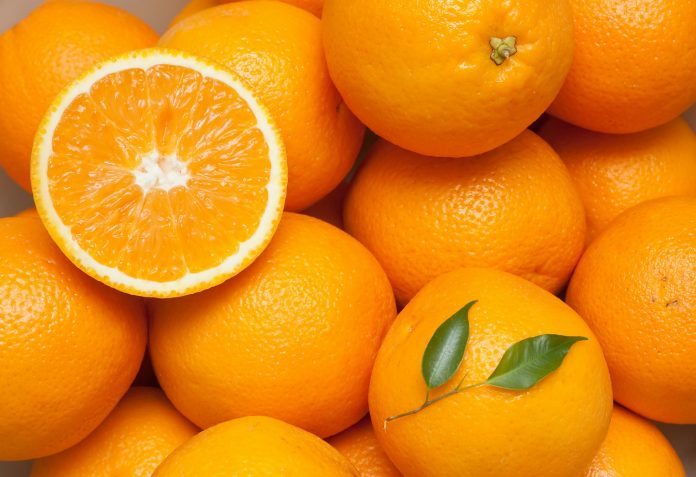What are mandarins?
Mandarins belong to the Citrus genus. It’s believed they originated in ancient China, which is how they got their name.
Their peel is deep-orange, leathery, and protects the sweet, juicy segments inside.
Mandarins grow on flowering small- to moderately-sized citrus trees. As they ripen, they change from a deep green to their recognizable orange color and grow to a width of about 1.6–3 inches (4–8 cm).
You may hear mandarins referred to as “mandarin oranges,” but this is not an accurate description. Though they share an orange exterior, mandarins are a different species of citrus from oranges, which belong to Citrus sinensis.
Unlike oranges, mandarins are not round. Rather, they’re oblong, resembling a sphere with a flattened top and bottom. They’re also easier to peel.
Different types
There are several popular types of mandarins, including satsuma mandarins, or Citrus unshiu. This type is typically associated with Japan, though it also grows readily in the Gulf Coast region and other areas of the Southern United States.
The common mandarin, also known as Citrus reticulate Blanco or Ponkan mandarins, is another popular type. It grows widely across warm temperate to tropical climates, including parts of China, Brazil, Spain, and the Philippines.
You may also have heard of tangerines, or Citrus tangerine, which boasts a more reddish-orange peel. These are thought to originate in Tangiers, Morocco, where they earned their moniker.
Furthermore, there are many hybrids of, or crosses between, mandarins and other members of the Citrus genus.
Clementines, commonly sold under brand names like Cuties or Halos, are the smallest of the bunch, with a deeper orange, glossy skin and typically seedless interior. Often considered a variety of mandarins, they’re technically hybrids of mandarins and sweet oranges.
Although there is no solid consensus on exactly how many varieties and hybrids of mandarins exist, it’s believed that between 162 and 200 grow across the world.



























